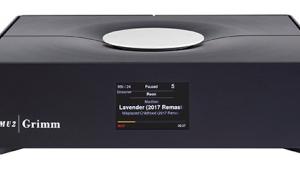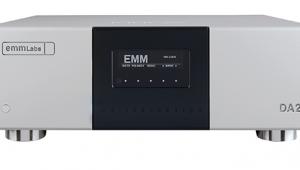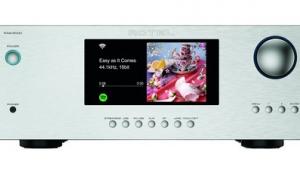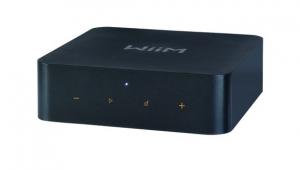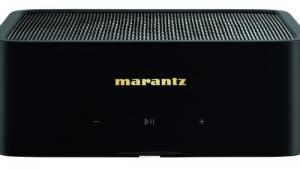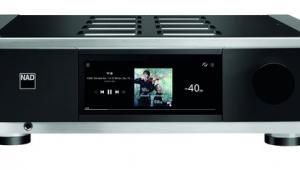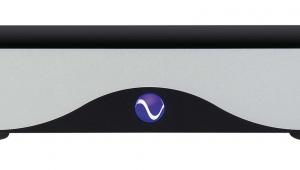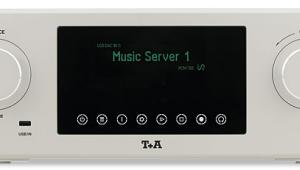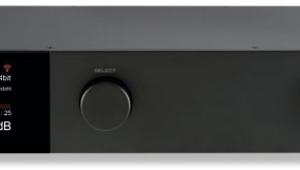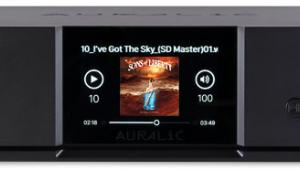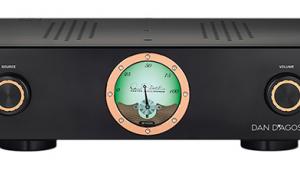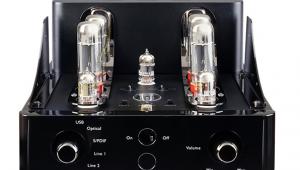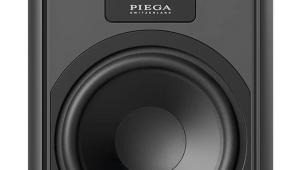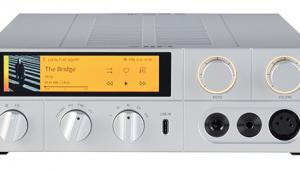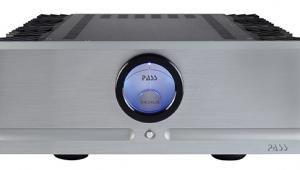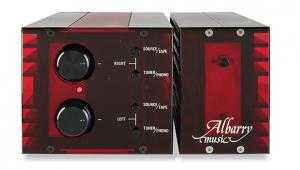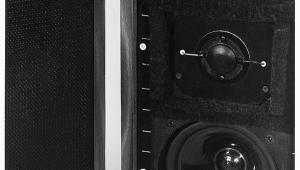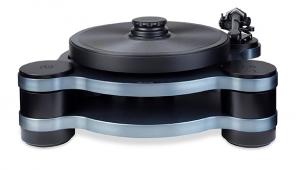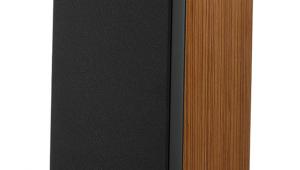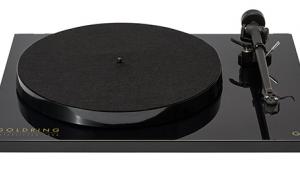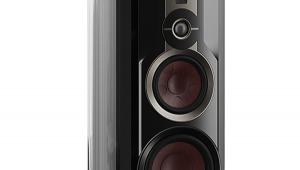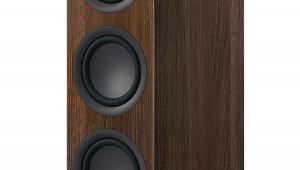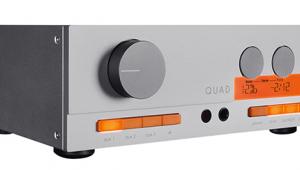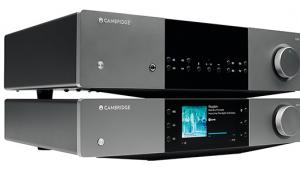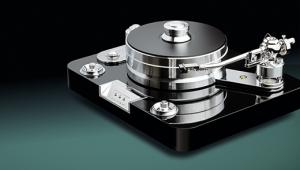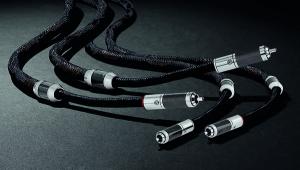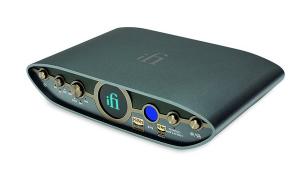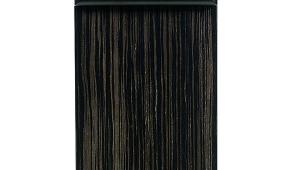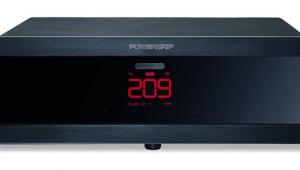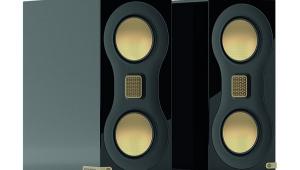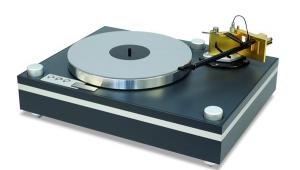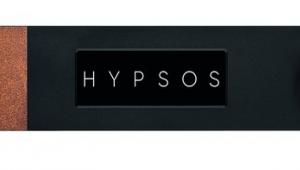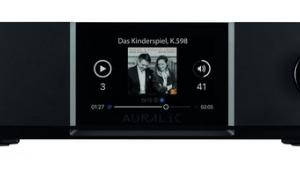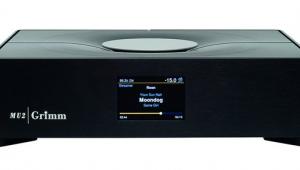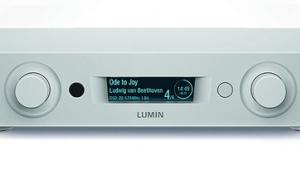EMM Labs DA2i Network-attached streamer/DAC Meitner Digital Audio Translator 2
Almost all modern custom DAC solutions involve a blend of truncation – reducing the incoming data wordlength from 24-bit to a few bits while upsampling the rate by 8x and higher – and noise-shaping used to shift the resulting quantisation errors (realised as broadband noise) out well beyond the audioband. The dCS Ring DAC [HFN Feb ’25] is an illustration of this technique where the remaining, high-speed data bits are mapped against a resistor/current array to reconstruct the analogue audio signal. Other DACs use the same ‘low bit’ data to derive a PWM (pulse width modulation) signal that holds a DAC on or off for a variable number of clock cycles – the pulse ‘width’ or time defining the amplitude of the audio signal.
Ed Meitner’s MDAT technology takes this idea to its purist limits, reducing all data to a one-bit Bit Stream for processing and conversion. The ‘Meitner Digital Audio Translation’ code runs on a Xilinx Spartan processor and employs a series of FIR digital filters whose characteristics are adapted by the transient conditions of the signal on a sample-by-sample basis. Now in Mk2 guise, MDAT’s upsampling begins with a 2x stage, followed by x8 then x16 again (totalling x256), delivering an upsampled 11.2896MHz rate with 44.1kHz-centric data (or 12.288MHz with a 48kHz base rate). The 24-bit data is truncated to a 1-bit stream en route, delivering a mere 6dB dynamic range across the entire bandwidth. High-order digital noise-shaping is then used to shift the excess noise out to far higher frequencies, recovering a full ~120dB dynamic range within the audioband, before the Bit Stream is addressed at x1024 (45.1584 or 49.152MHz) to EMM’s custom bit converters.

However, because the noise-shaping – a form of digital feedback – decreases with frequency it’s possible to ‘see’ the noise rising outside of the audio range, as illustrated by the Graph showing a 20kHz tone at –30dBFs [see above]. This will look familiar to readers of our HD Music review section because the ‘shaped’ noise mirrors the ultrasonic spectrum of a 1-bit DSD256 audio file... PM


